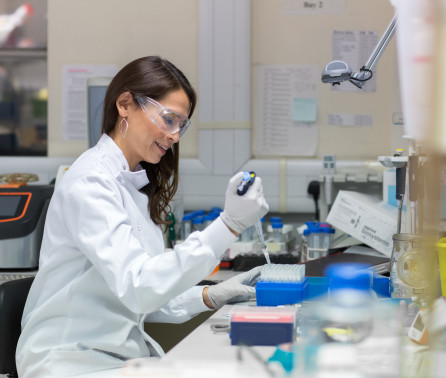BibTex format
@article{Rawson:2021:jacamr/dlab002,
author = {Rawson, TM and Hernandez, B and Wilson, R and Wilson, R and Ming, D and Herrero, P and Ranganathan, N and Skolimowska, K and Gilchrist, M and Satta, G and Georgiou, P and Holmes, A},
doi = {jacamr/dlab002},
journal = {JAC-Antimicrobial Resistance},
pages = {1--4},
title = {Supervised machine learning to support the diagnosis of bacterial infection in the context of COVID-19},
url = {http://dx.doi.org/10.1093/jacamr/dlab002},
volume = {3},
year = {2021}
}
RIS format (EndNote, RefMan)
TY - JOUR
AB - Background: Bacterial infection has been challenging to diagnose in patients with COVID-19. We developed and evaluated supervised machine learning algorithms to support the diagnosis of secondary bacterial infection in hospitalized patients during COVID-19.Methods: Inpatient data at three London hospitals for the first COVD-19 wave in March and April 2020 were extracted. Demographic, blood test, and microbiology data for individuals with and without SARS-CoV-2 positive PCR were obtained. A Gaussian-Naïve Bayes (GNB), Support Vector Machine (SVM), and Artificial Neuronal Network (ANN) were trained and compared using the area under the receiver operating characteristic curve (AUCROC). The best performing algorithm (SVM with 21 blood test variables) was prospectively piloted in July 2020. AUCROC was calculated for the prediction of a positive microbiological sample within 48 hours of admission. Results: A total of 15,599 daily blood profiles for 1,186 individual patients were identified to train the algorithms. 771/1186 (65%) individuals were SARS-CoV-2 PCR positive. Clinically significant microbiology results were present for 166/1186 (14%) patients during admission. A SVM algorithm trained with 21 routine blood test variables and over 8000 individual profiles had the best performance. AUCROC was 0.913, sensitivity 0.801, and specificity 0.890. Prospective testing on 54 patients on admission (28/54, 52% SARS-CoV-2 PCR positive) demonstrated an AUCROC of 0.960 (0.90-1.00). Conclusion: A SVM using 21 routine blood test variables had excellent performance at inferring the likelihood of positive microbiology. Further prospective evaluation of the algorithms ability to support decision making for the diagnosis of bacterial infection in COVID-19 cohorts is underway.
AU - Rawson,TM
AU - Hernandez,B
AU - Wilson,R
AU - Wilson,R
AU - Ming,D
AU - Herrero,P
AU - Ranganathan,N
AU - Skolimowska,K
AU - Gilchrist,M
AU - Satta,G
AU - Georgiou,P
AU - Holmes,A
DO - jacamr/dlab002
EP - 4
PY - 2021///
SN - 2632-1823
SP - 1
TI - Supervised machine learning to support the diagnosis of bacterial infection in the context of COVID-19
T2 - JAC-Antimicrobial Resistance
UR - http://dx.doi.org/10.1093/jacamr/dlab002
UR - https://academic.oup.com/jacamr/article/3/1/dlab002/6127116
UR - http://hdl.handle.net/10044/1/85554
VL - 3
ER -
